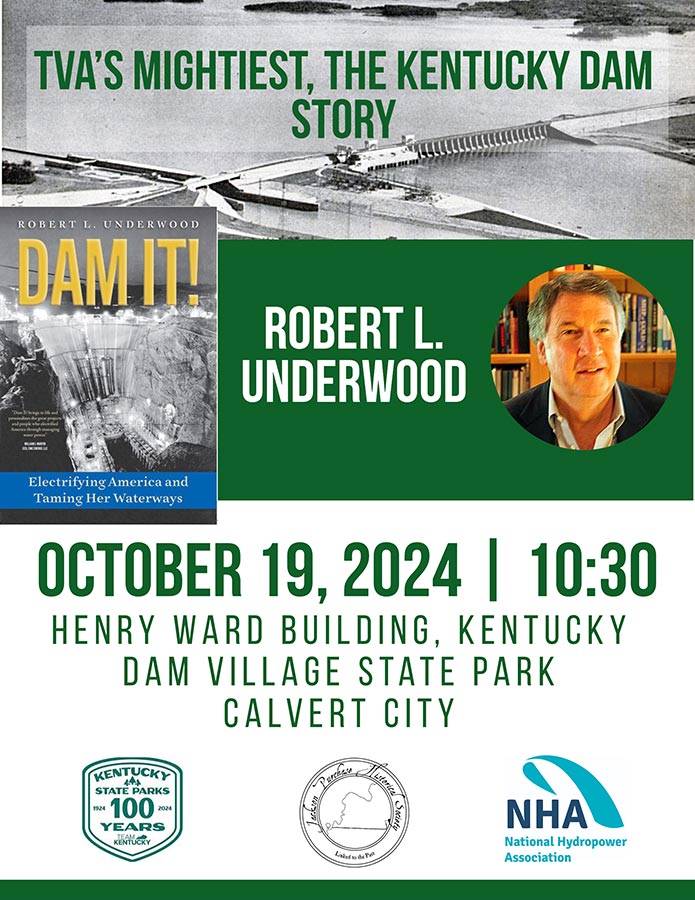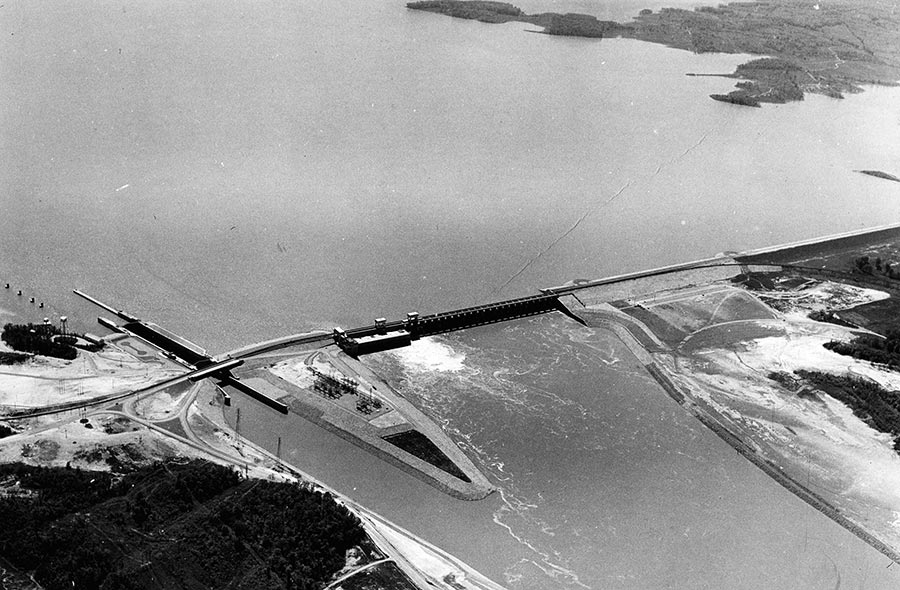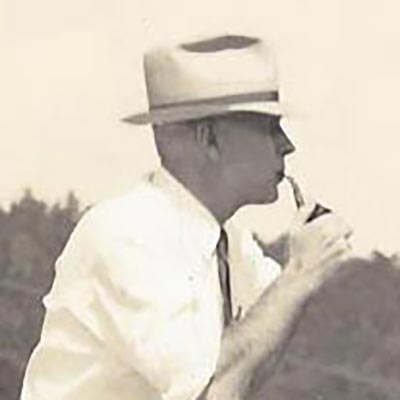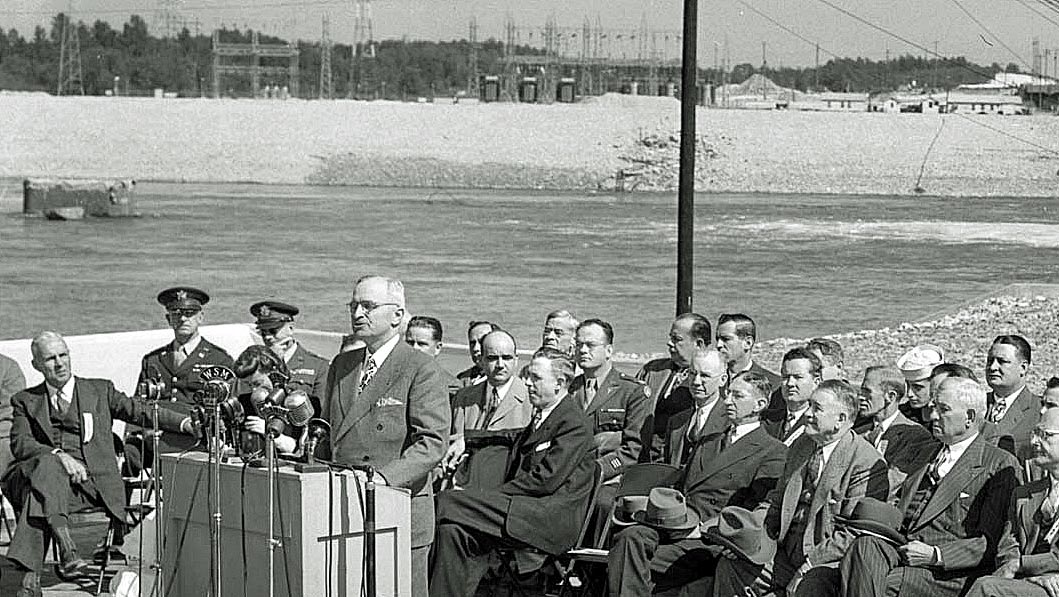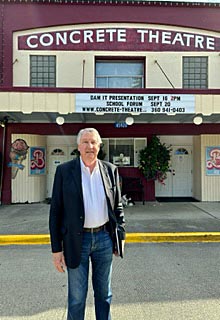• The TVA’s formation, its early years, and its dam building program.
• Arthur E. Morgan, the TVA’s first chairman and chief engineer, his feud with fellow director David E. Lilienthal, and his firing by President Franklin D. Roosevelt for “contumacious” behavior.
• Morgan’s clandestine campaign to build a colossal, 5.5-mile-long earthen dam on the Ohio River just above Paducah to simultaneously control the Ohio, Tennessee, and Cumberland rivers, instead of building the less ambitious Kentucky Dam on the Tennessee River.
• The monumental Ohio River flood of 1937 that submerged 95 percent of Paducah and forced 27,000 of its 33,000 residents to flee to higher ground. My grandfather still is known for a TVA task force he organized and led to assist people marooned there. The task force evacuated and transported over 15,000 stranded residents.
• Kentucky Dam’s key role in controlling floods on the lower Ohio and Mississippi rivers. Authorization for its construction was hastened by the Flood of 1937.
• The importance of the dam’s navigation lock. It literally became the Tennessee Valley’s doorway to the world beyond. Its completion was a major factor in stimulating the Valley’s economic development. Freight traffic on the Tennessee River grew from 2 million tons of cargo a year upon the completion of the lock to a peak of 50 million tons. The lock was the only lock on the Tennessee River designed by the TVA (all others by the Corps of Engineers). An adjoining lock twice as long as the existing lock now being constructed by the Corps will better accommodate today’s long barge tows and significantly lessen lock transit delays.
• The distinctive appearance of TVA dams. The dramatic, modernist designs were simple and functional. Ornamentation was avoided since it was reminiscent of structures built by the wealthy as monuments to themselves in the Gilded Age. The TVA built for the people in the Valley.
Later in the day, my wife and I were able to take an in-depth tour of the dam and powerhouse and explore the scenic surrounding area. We traced the Tennessee River downstream from the dam until it emptied into the Ohio River and then followed the Ohio River until it flowed into the Mississippi River. We were impressed by the number and size of the barge tows we sighted. We spent the evening and time the next morning in historic downtown Paducah, which lies behind floodwalls on the banks of the Ohio River. It is charming, filled with distinctive galleries and restaurants. And the National Quilting Museum is not to be missed. I also was able to locate the house I had lived in as an infant.
January 10, 2025

